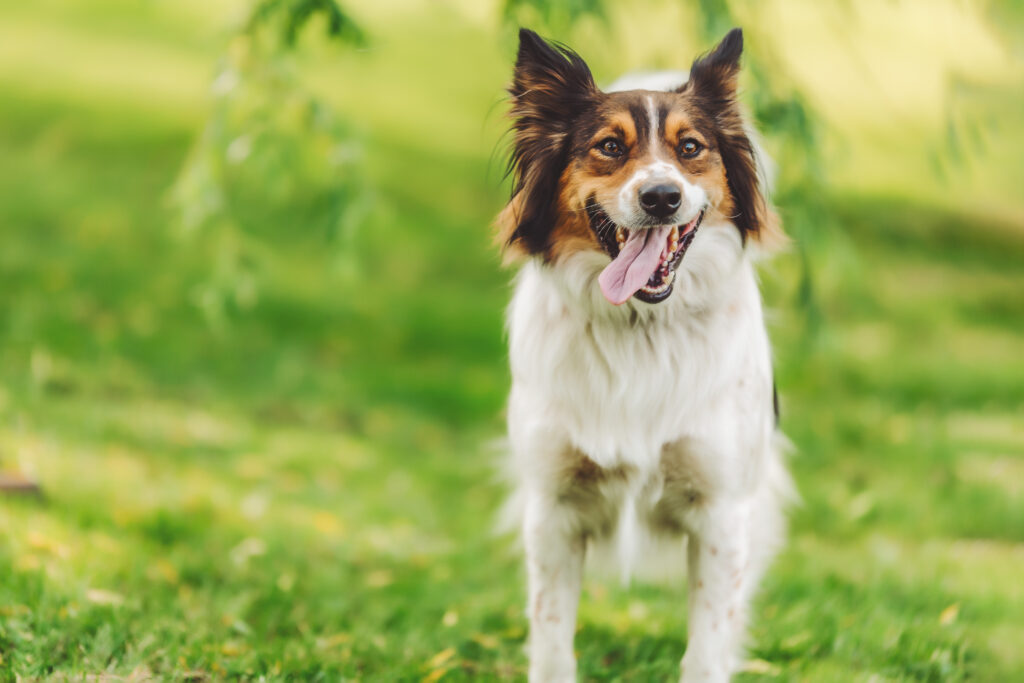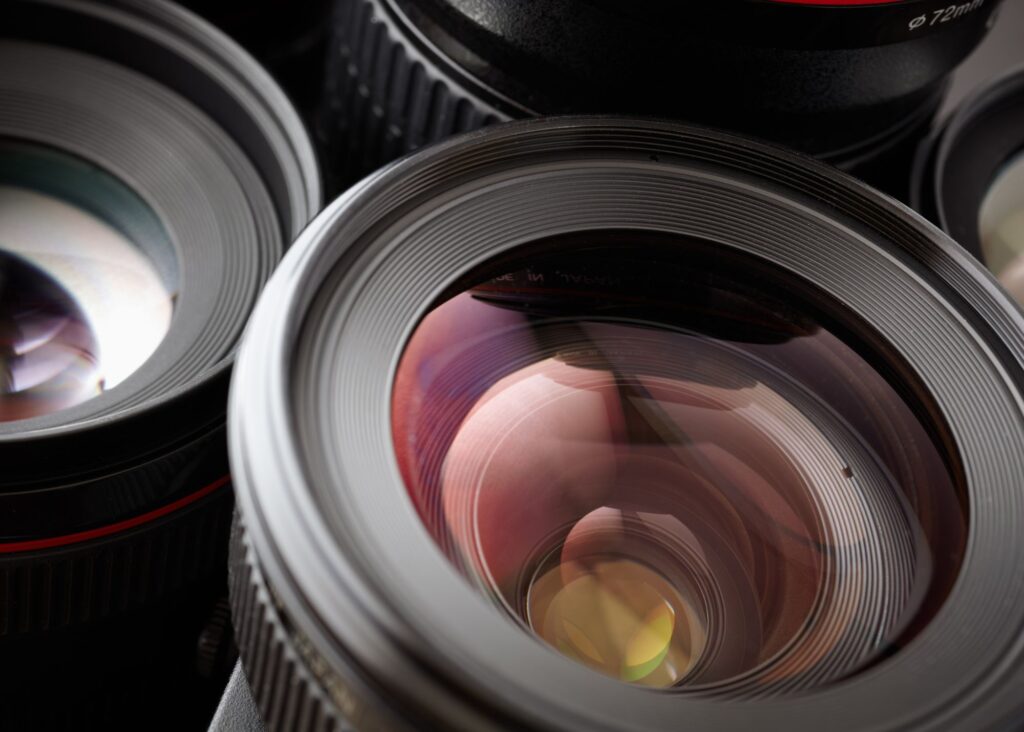Understanding ISO in Photography: The Ultimate Guide for Photographers
ISO is a term that’s commonly used in photography, but not everyone understands what it means and how it affects the quality of photos. If you’re one of those photographers who has always been confused by ISO, then this guide is for you. In this post, we’ll take an in-depth look at what ISO is, how it works, and why it matters in photography.

So, what does ISO mean?
Well, it’s isn’t “IS the SUN OUT” Like so many of us may quietly ask ourself as we choose this first setting. The more sun, the less sensitive we need our sensor to be and the lower we can set our ISO. ISO actually stands for International Organization for Standardization. In photography, ISO refers to the sensitivity of your camera’s image sensor to light. Simply put, ISO determines how much light is needed to make an exposure. The higher the ISO, the more sensitive the camera is to light, and the less light you need to make the exposure.
How does ISO work?
When you increase your camera’s ISO, you’re essentially amplifying the signal from the image sensor, making it more sensitive to light. This leads to brighter and more exposed photos, but also introduces noise or grain to the image. Higher ISO settings will have more visible grain than lower ISO settings, so it’s important to find the right balance between exposure and noise.
Why does ISO matter in photography?
ISO is one of the three components that make up the exposure triangle, along with shutter speed and aperture. A correct combination of these three elements will give you a well-exposed photo. Increasing the ISO can help you get a well-exposed photo in low light conditions without having to use a slow shutter speed or a wide aperture. However, it also comes at the cost of image quality, so it’s important to use it judiciously.
What are the best ISO settings for different situations?
The ideal ISO setting will depend on the lighting conditions of your scene, the type of camera you’re using, and the effect you’re looking for in your photo. For outdoor daylight photography, a low ISO (100-200) is typically used to produce clear, sharp, and noise-free photos. For indoor and low-light photography, a higher ISO (400-3200) may be needed to produce well-exposed, vibrant images. For night photography or astrophotography, a very high ISO (1600-6400) may be needed to capture the stars.
Finally, how can you control your camera’s ISO? Most cameras today have automatic ISO which adjusts the sensitivity as needed based on the lighting conditions. However, it’s always better to have manual control over your camera’s settings to achieve the desired effect in your photos. To change the ISO on most cameras, simply press the “ISO” button and adjust the setting using the dial or arrow buttons.

In conclusion, ISO is a crucial element in photography that determines how much light is needed to make an exposure. Understanding ISO can help you get well-exposed, high-quality photos in a range of lighting conditions. Remember to find the right balance between exposure and noise, and use the recommended ISO settings for different situations. Keep experimenting with different ISO settings to find your own unique style and create stunning photos.

leave a comment